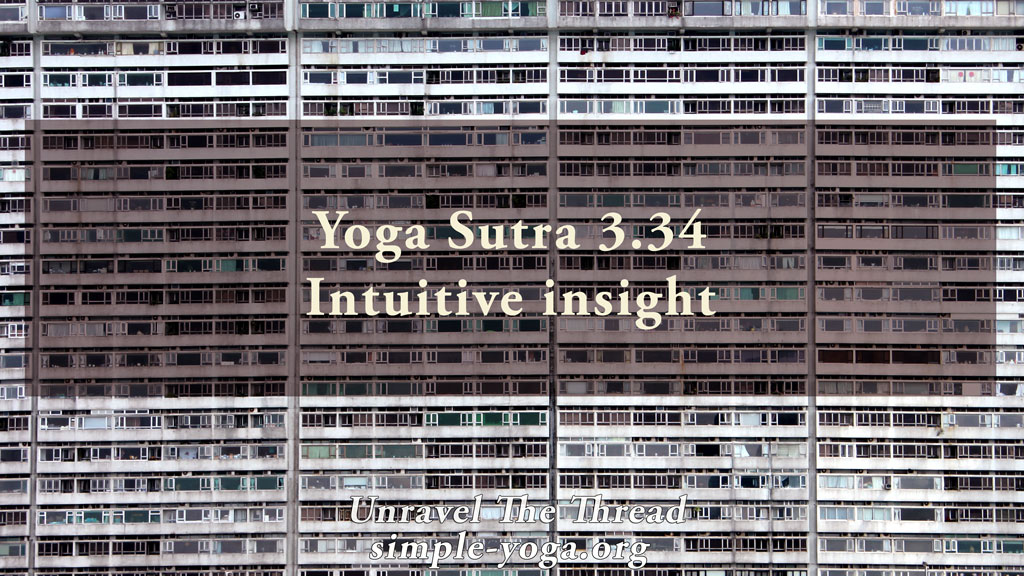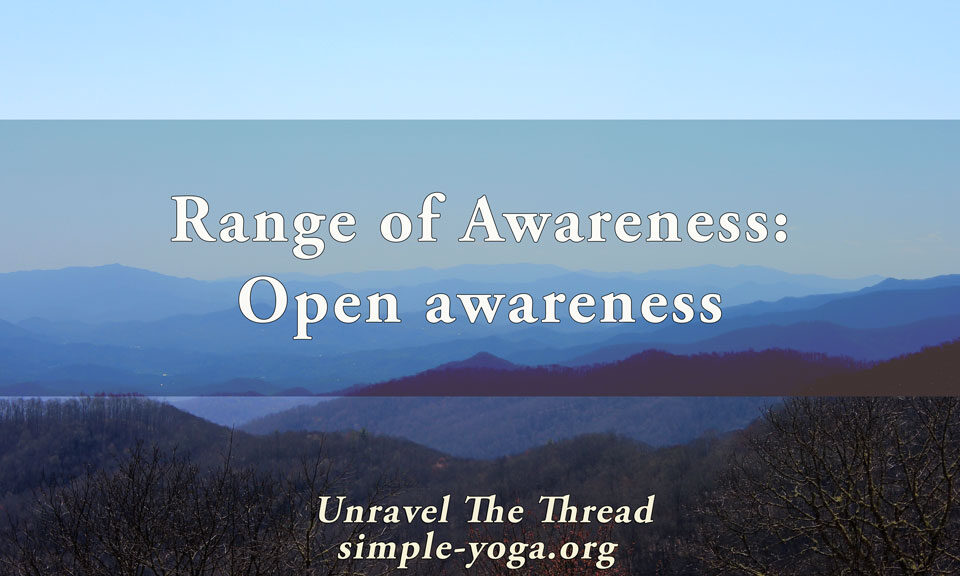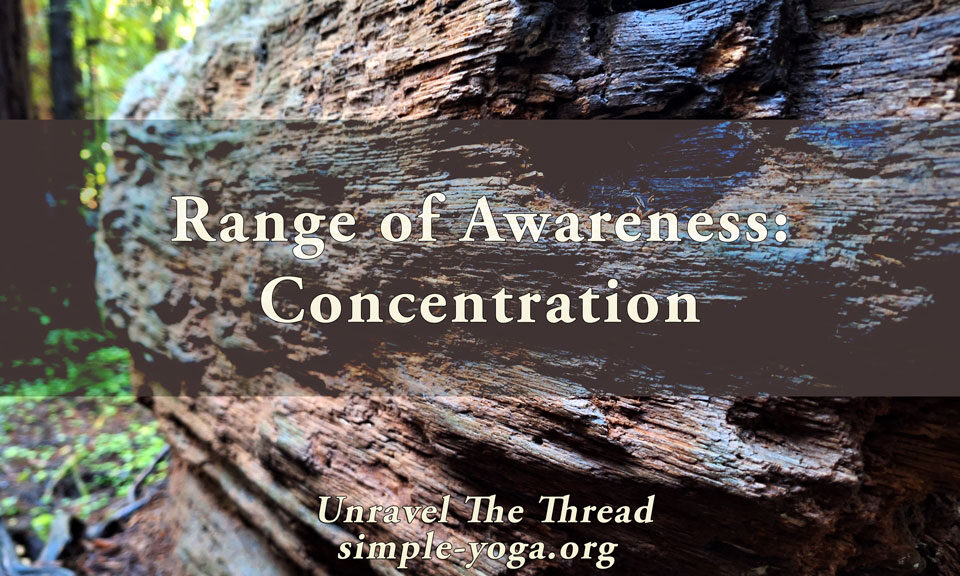
3.32 Samyama on the Tortoise Channel
December 28, 2021
3.34 Intuitive insight
December 28, 20213.33 Samyama on the light in the crown of the head

3.33 On the light in the crown of the head (murdha), enables seeing those who are accomplished (siddhas).
The meanings of the Sanskrit word murdha include crown, top, and summit, as well as forehead, head, and skull. The other word to attend to in this sutra is siddhas. A siddha is an accomplished or perfected person, somebody who has reached liberation from suffering. It can also mean someone who has obtained siddhis, supernatural powers. This aphorism indicates that practicing samyama on the divine light that is the source of intelligence at the top of the head (or the midpoint where the top of the forehead and the hairline meet) enables you to see perfected beings. Some people call these perfected beings angels, guardians, guides, prophets, sages, or seers (rishis). As you prepare to put this aphorism into practice it is useful to notice how the space within your head feels. A simple way to explore this is by coming into a relaxed position, and then bringing your attention to the space behind your forehead. Next, think about something that makes you feel mildly worried, anxious, or upset and notice how those thoughts influence your experience of the space within your head. For the sake of comparison, think about something that you find uplifting and inspiring (1.39), and notice if and how your internal experience changes.
Would it be accurate to say that one of these two options feels more like radiance or light?
Is it possible that practicing each one of the limbs of yoga contributes to enhancing that feeling of clarity and lightness (sattva) throughout all aspects of your being?
Can that be a simple way to assess if your practice is effective?
If you feel light behind your forehead, can you stay with those sensations as you release the thoughts that triggered the clarity?
What happens when you stay with that radiance in your head?
Does that decrease your internal commentary and opinions?
Would that state be conducive to receiving guidance?
For instance, as you are pondering a decision you need to make, can you abide in the brightness in your head?
Does that make you more receptive and sensitive to subtle cues around and within you, like those cues suggesting viable and life-affirming paths of action?
In some cases, the gentle hints you receive come in the form of words that somebody says, or as a billboard on the side of the road. Sometimes that guidance appears as a message or phone call that comes in at a very precise moment. The teachers and guides are everywhere, especially if you are open to the possibility that life is an ocean of interconnectedness where everything articulates with grand precision and exquisite timing.
If it is the case that you notice some subtle hints providing options for you to make intelligent and conscious choices, can you cultivate a curiosity to know where that guidance originates? You may also engage in the inquiry:
Is it possible that there are perfected beings (siddhas) who live in harmony with the rhythms of life touching everything with kindness and compassion? Is this sutra echoing sutra 1.47 that says that the light of pure awareness shines through without being obscured by our ways of being?
As usual, one more way of exploring the meaning of this sutra is by chanting it.
You can choose to chant it in its traditional form with some of the words coming together:
3.33 mūrdhajyotiṣi siddhadarśanam
मूर्धज्योतिषि सिद्धदर्शनम् ॥३३॥
Another option is to chant each word in the sutra individually:
- mūrdha
- jyotiṣi
- siddha
- darśanam
If you prefer, you may listen to the podcast:
This is an excerpt from the book Unravel the thread: Applying the ancient wisdom of yoga to live a happy life
If you find Simple-Yoga.org and Unravel the thread useful, consider supporting my labor with a donation, you may also donate using PayPal or Venmo. Thank you!



